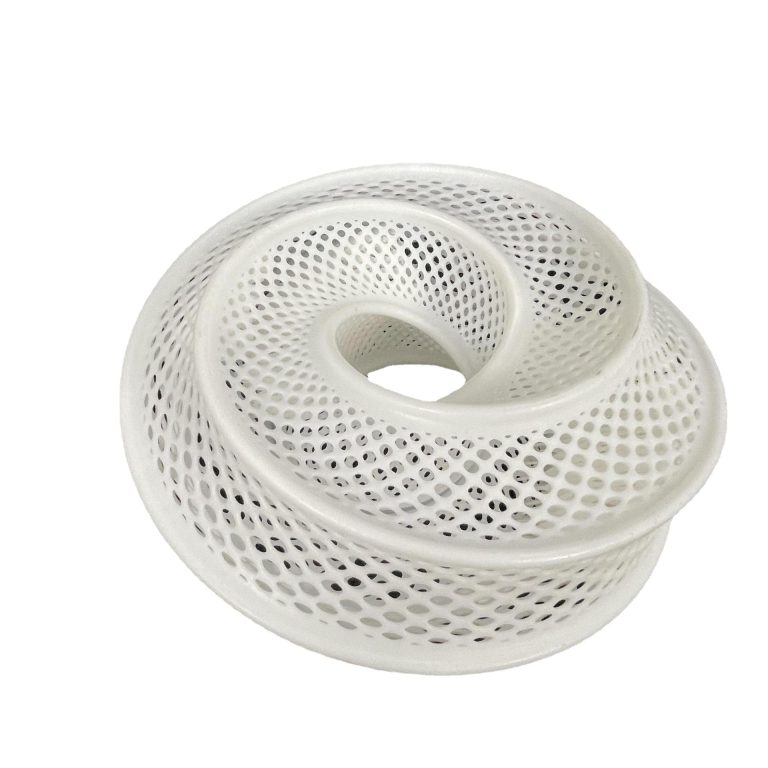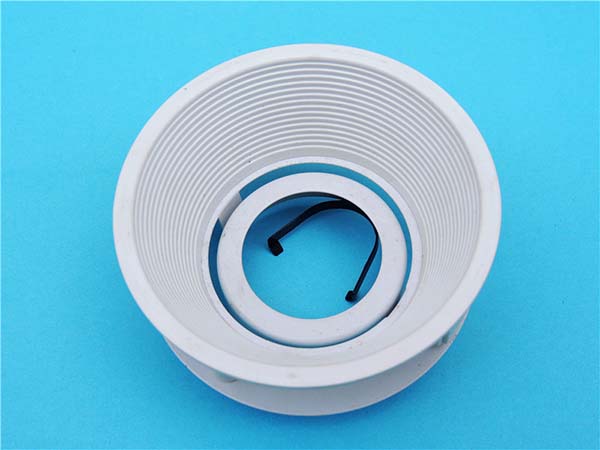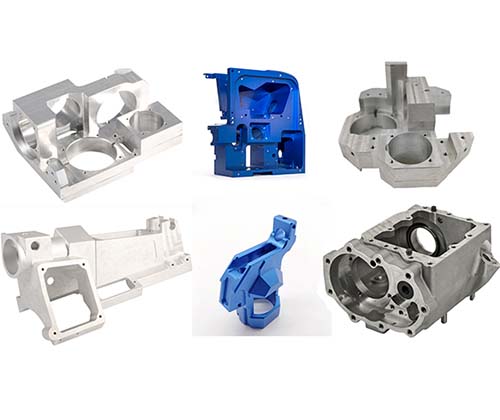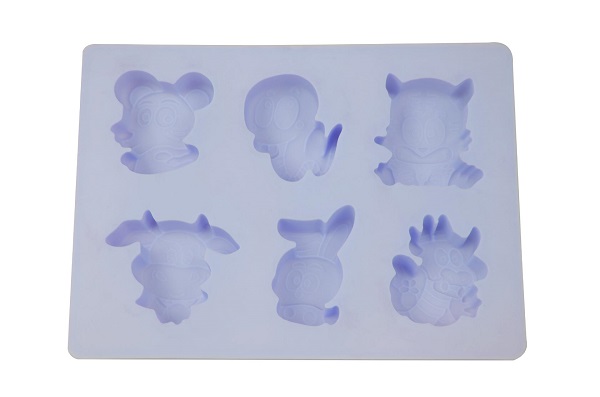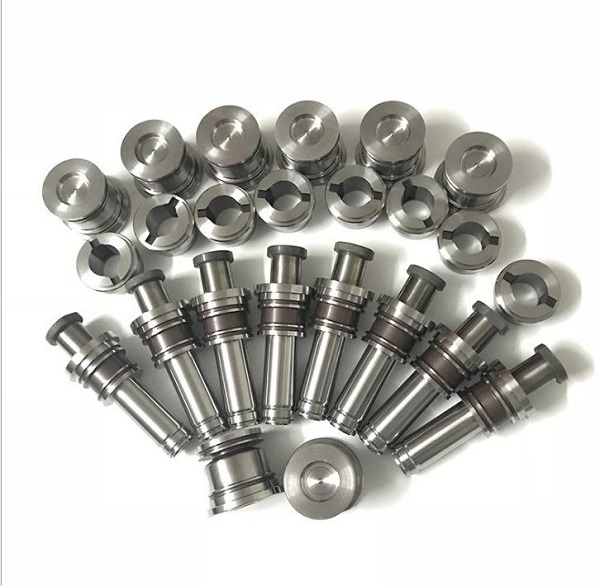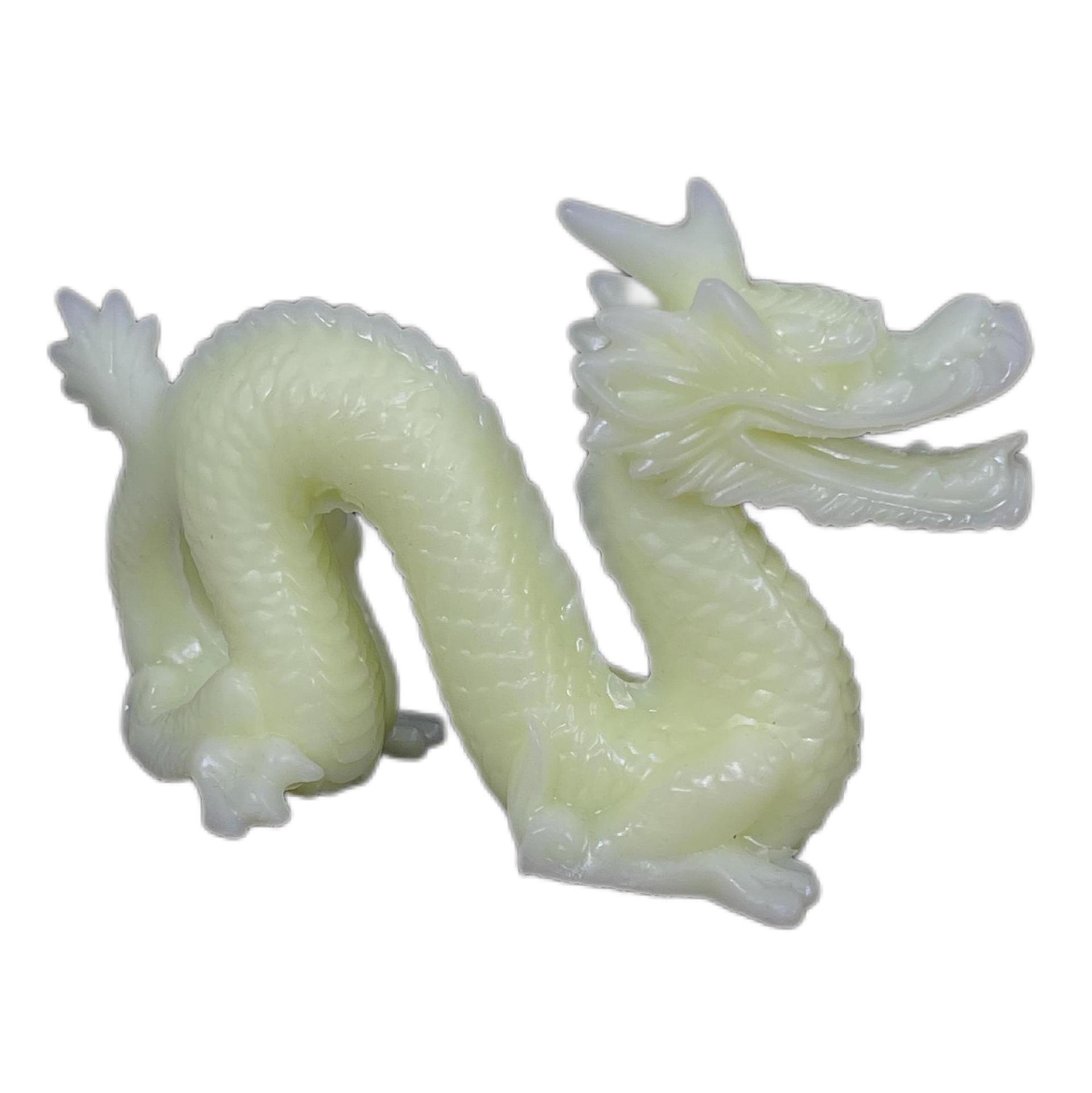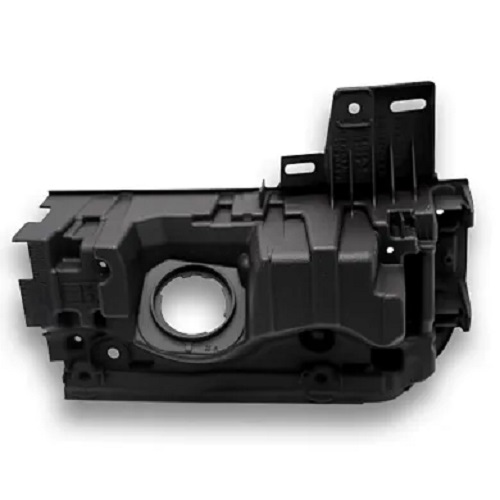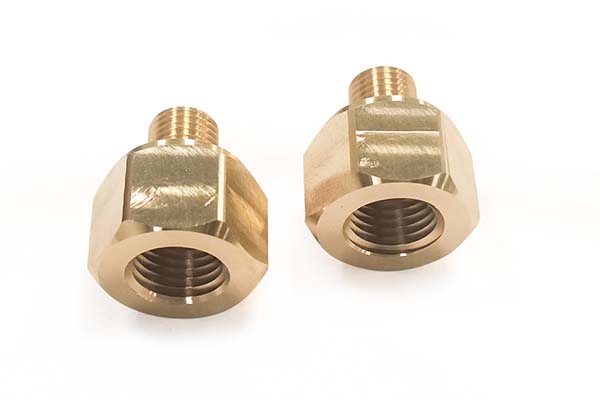Introduction to Resin 3D Printing
Resin 3D printing is a highly precise and versatile additive manufacturing technology that uses liquid resin materials to create objects layer by layer. Using a process called photopolymerization, the liquid resin is solidified by a UV light source, which hardens the resin in specific patterns based on the cross-section of the object. Resin 3D printing offers extremely high-resolution prints with fine details, making it ideal for applications in prototyping, model making, and artistic creations. It’s also well-suited for producing functional parts, jewelry, dental and medical devices, and other intricate designs.
Definition and Process
Definition
Resin 3D printing, often referred to as Stereolithography (SLA) or Digital Light Processing (DLP), is a form of additive manufacturing where a liquid photopolymer resin is cured by a UV light source. The resin solidifies layer by layer, creating a solid object based on a 3D digital model.
Process
- Preparation:
A 3D model is designed using Computer-Aided Design (CAD) software and then sliced into thin horizontal layers by slicing software. - Build Platform Preparation:
The build platform is treated with a release agent to prevent the printed object from adhering too tightly to the platform. - Resin Application:
A layer of liquid resin is spread across the build platform, covering the surface to be printed. - Curing:
A UV laser (in SLA) or a digital light projector (in DLP) scans the surface of the resin, selectively curing it according to the shape of the object’s cross-section. This process solidifies the first layer of the model. - Layer Build-Up:
Once the first layer is cured, the build platform moves up or down slightly, and the next layer of resin is applied. The process repeats until the entire object is formed. - Post-Processing:
After printing, the object is removed from the build platform, cleaned to remove excess resin, and cured again under UV light to ensure complete hardening and structural integrity.
Types of Resin Used
Different types of resins offer distinct properties to suit various applications. Here are some of the most commonly used resin types:
Standard Resins
- Purpose: Ideal for general-purpose applications, offering a good balance of strength, durability, and ease of use.
- Properties: Rigid, easy to print with, and produces parts with smooth finishes.
High-Resolution Resins
- Purpose: Used for high-detail prints, such as jewelry, dental models, and prototypes requiring fine features.
- Properties: Extremely fine detail and smooth surface finish, suitable for applications where aesthetics and precision are crucial.
Flexible Resins
- Purpose: Suitable for applications requiring flexibility, such as rubber-like parts, seals, or wearable devices.
- Properties: Offers bendability and resilience without breaking or cracking.
Castable Resins
- Purpose: Used in investment casting for creating molds that can be used in traditional casting processes like metal or plastic molding.
- Properties: High accuracy and minimal ash content, ensuring clean mold burns.
Biocompatible Resins
- Purpose: Specifically designed for medical and healthcare applications, where contact with human tissue or skin is involved.
- Properties: Non-toxic, sterilizable, and safe for medical use, ideal for prosthetics, surgical guides, and implants.
Advantages of Resin 3D Printing Service
1. High-Resolution Prints
Resin 3D printing delivers extremely high precision and detail, making it an ideal choice for creating intricate designs and fine details. The fine layer resolution ensures smooth surface finishes without visible layer lines, which is especially important in industries like jewelry design, dentistry, and prototype development.
2. Complex Geometry Capabilities
Resin printing excels in producing complex geometries, including intricate internal structures and overhangs that would be difficult or impossible to achieve with traditional manufacturing methods. This makes resin 3D printing invaluable for creating parts with advanced designs or organic shapes.
3. Material Variety and Flexibility
The diverse range of resins available offers tailored material properties for different applications. Whether you need rigid, flexible, castable, or biocompatible materials, resin printing gives you the flexibility to choose the right material for your project.
4. Quick Turnaround Times
Resin 3D printing services typically offer fast turnaround times, which is essential for businesses needing rapid prototyping or short production runs. The quick production times allow designers to test ideas and iterate on designs much faster than with traditional manufacturing methods.
Applications of Resin 3D Printing
Resin 3D printing is widely used in several industries due to its high resolution and versatility. Here are some key applications:
1. Prototyping
Resin 3D printing is often used for rapid prototyping, allowing designers and engineers to create functional prototypes that are both accurate and detailed. The ability to quickly print and test a design helps businesses reduce time-to-market and costs associated with traditional prototyping methods.
2. Model Making
For architectural models, scale models, and miniatures, resin 3D printing provides excellent resolution, making it easy to create models with fine details. These models are used for presentations, demonstrations, or as part of the design process.
3. Art and Design
Artists and designers use resin 3D printing to create intricate sculptures, jewelry, and other artistic pieces. The high level of detail and material variety available opens up new creative possibilities for artists, allowing for more complex and customizable designs than traditional techniques.
4. Healthcare and Medical Devices
In the healthcare industry, resin 3D printing is used for creating custom prosthetics, dental implants, surgical guides, and anatomical models. The biocompatible resins are safe for direct contact with skin or tissue, and the ability to create patient-specific designs has revolutionized personalized medicine and treatment planning.
How to Choose a Resin 3D Printing Service
When choosing a resin 3D printing service, consider the following factors:
1. Quality of Prints
- Look for a service provider that delivers high-quality prints with consistent accuracy. Check reviews, ask for samples, or request references to ensure that their service meets your expectations.
2. Turnaround Time
- Consider your time requirements. Some providers offer expedited services, which can get your prints delivered in as little as 24–48 hours for an additional fee. Choose a service that matches your schedule.
3. Cost-Effectiveness
- Compare pricing across different providers, but also consider the overall value. Sometimes paying more upfront can result in better quality or faster delivery, which may be more beneficial in the long run.
4. Maintenance and Post-Processing
- Ensure that the provider offers comprehensive post-processing services, including cleaning, curing, sanding, and finishing. This ensures that your printed part not only has high quality but is also durable and ready for use.
Cleaning and Curing
After printing, parts are typically immersed in isopropyl alcohol to clean away any excess resin. They are then exposed to additional UV light in a curing station or oven to ensure the entire part is fully hardened. Proper cleaning and curing are essential to achieving the desired strength and surface finish.
Finishing Techniques
Depending on your needs, additional finishing techniques may be required:
- Sanding: To smooth surfaces or remove support marks.
- Polishing: For a shiny, glossy finish.
- Painting: To add color or other aesthetic effects.
Many service providers offer finishing options, so be sure to inquire about them if you need any extra steps.
FAQs
What is the cost of resin 3D printing?
The cost of resin 3D printing varies depending on factors such as the complexity of the design, the type of resin used, and the size of the part. On average, resin prints can range from $50 to $500 per part, with more specialized or detailed prints costing more.
How long does it take to print a part using resin 3D printing?
The printing time depends on the size and complexity of the object. It typically takes a few hours to several days to print a part, but some service providers offer expedited services that can complete the print in 24–48 hours.
Can I choose the type of resin for my project?
Yes, most resin 3D printing services offer a variety of resin types, including standard, high-resolution, flexible, castable, and biocompatible resins. You can select the material based on the specific requirements of your project.
Conclusion
Resin 3D printing provides exceptional quality, flexibility, and speed for producing detailed and complex parts. It is widely used across industries for prototyping, model making, artistic applications, and more. By choosing the right resin, 3D printing service, and post-processing options, businesses and designers can create highly functional, accurate, and visually appealing parts, all within a short turnaround time. Whether you need a quick prototype or a customized medical device, resin 3D printing offers unparalleled advantages that traditional manufacturing cannot match.
